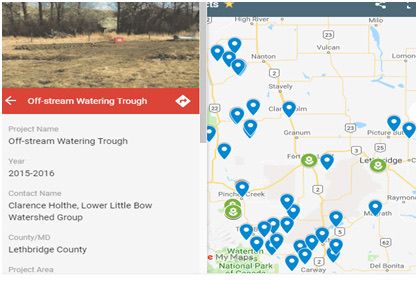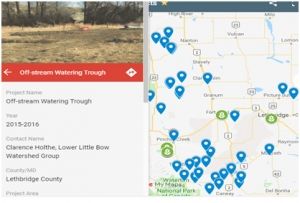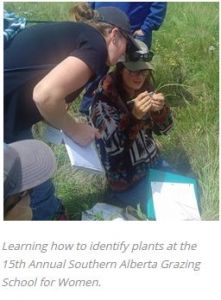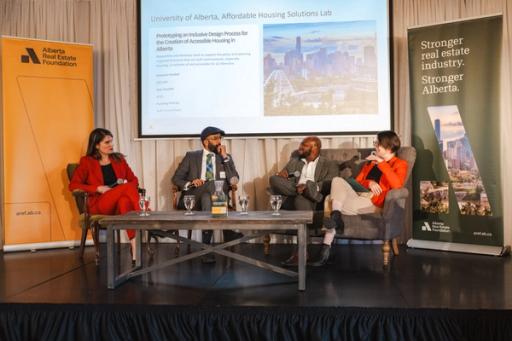October 23, 2019
Bringing rural and urban people together for watershed health

By Oldman Watershed Council
Building a sense of community and belonging is vital to addressing the many pressing issues we currently face as a society – including urgent environmental challenges. Bringing people together to discuss tough issues and work collectively on complex, shared challenges is what we do best. Get in touch with your local watershed council today – there are 11 across Alberta.
With an investment from the Alberta Real Estate Foundation we set out to build relationships between rural agricultural producers and urban consumers. Public trust is at an all-time low and people are concerned about what is in their food and how growing it has impacted the natural environment. At the same time, farmers and ranchers are adopting environmentally friendly practices but feel nobody knows about or appreciates their efforts.
In 2018-19 we launched a new program to address these concerns while bringing people from rural and urban areas together to build trust, a sense of community and a willingness to work together on shared environmental challenges.
Here we provide a snapshot of how we are engaging people in conversations and telling stories to open hearts and minds – and encouraging active hands.
Videos address consumer concerns
Through a series of videos we are capturing people’s attention, answering their questions and providing local context to the food options available here in southwest Alberta. Watch them for yourself on our website or Youtube channel.
Our most popular video ‘Water you Eating’ – please embed if possible so people can hit play and watch it.
Maps tell stories
We created an interactive map where viewers can explore the producer-led education and restoration projects that we have invested in to improve the health of the watershed. The map showcases the many ways producers are stewarding their land and water resources.
View the map here: https://oldmanwatershed.ca/wlp-whats-being-done

A screenshot of the interactive map.
OWC was also part of a team—led by Southern Alberta Land Trust Society—who created a series of detailed maps identifying areas of high conservation value for water.
The maps clearly show how much environmentally valuable land is owned privately – a testament to ranchers and farmers who have kept their land natural and diverse, all while making a living from it.
The maps will also be useful to producers prioritizing where on their land to focus restoration projects and demonstrating how valuable their land is. The maps also help conservation organizations focus their efforts on areas important for water as well as governments who need to assess the appropriateness of different land uses as they relate to water. Maps and reports can be found here.

Personal experiences have a lasting impact
After spending a hot day pulling weeds by hand, volunteers are much more likely to clean their gear to reduce the spread of weeds.
OWC staff and volunteers attend many weed pulls throughout the year to assist all our partners who are tackling invasive species. In 2018, these included 10 weed pulls with the MD of Ranchland, Castle Crown Wilderness Coalition, Nature Conservancy of Canada, City of Lethbridge, and the Pincher Creek Watershed Group. Our summer staff were proud to win the ‘bent back’ award and ‘biggest wreck’ award at the 16th Annual Blueweed Blitz, where 160 bags of weeds were removed. Check out photos from all the events here.

The OWC was proud to assist with organizing the 15th Annual Southern Alberta Grazing for Women, which provides valuable training for female ranchers who often do not get the opportunity to participate. In 2018, the school hosted 47 female ranchers in the Stavely area in July for 2 days of learning and sharing. Range and riparian health assessments and plant identification continue to be the most popular and valuable lessons, which shows how much producers care for the land they depend on. The 2019 school will be held July 16-17 in the County of Warner. See photos from the event here.

The impact of telling these stories and involving people in first hand experiences is an increase in people’s knowledge and understanding, and shifts in attitudes and perceptions – all leading to a stronger sense of community and willingness to take collective action on shared watershed issues. Ultimately the result is people from urban and rural communities all working together to improve water quality and security, fish and wildlife habitat and overall environmental heal
Topic
Similar News


